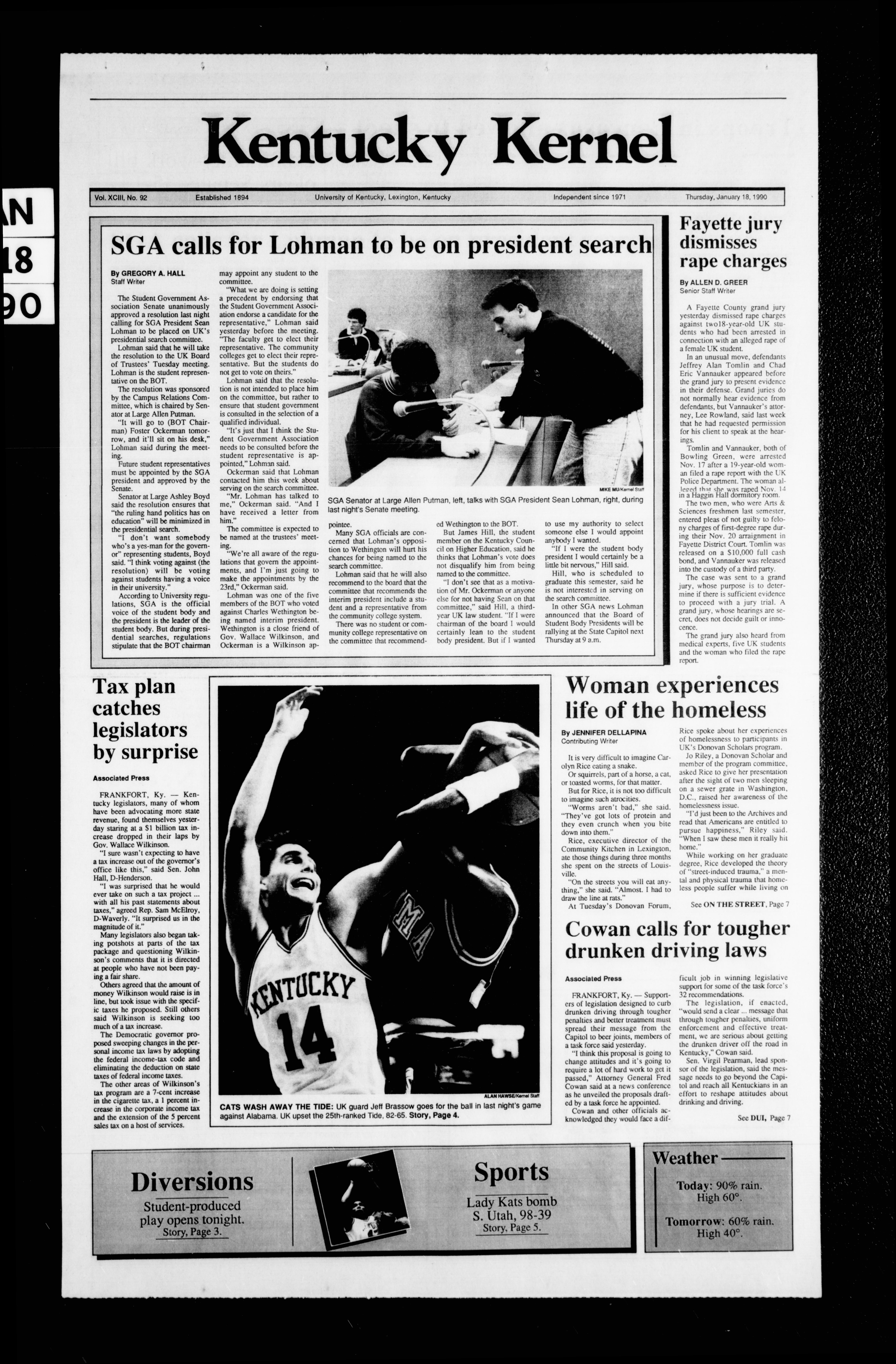

(Konets Sankt-Peterburga) Vsevolod Pudovkin, 1927

Listing these famous names together makes you realise just how far neorealism’s branches have spread. Later in 2013 one of the last surviving neorealists, 91-year-old Carlo Lizzani ( Achtung Bandit!, 1951, The Verona Trial, 1962) will release a documentary entitled We Weren’t Only Bicycle Thieves, which will include contributions from Bernardo Bertolucci, Paolo and Vittorio Taviani, Martin Scorsese, Steven Spielberg, Ridley Scott and Ron Howard, among others. Italian directors are still grappling with it, from veterans such as the Taviani brothers (Caesar Must Die, 2012) to those of the younger generation such as Matteo Garrone ( Gomorrah, 2008 Reality, 2012). The first neorealist picture may have been made more than 70 years ago, but the trend still fascinates critics, scholars and filmmakers alike. I also wanted to make room for works that appeared at the same time as neorealism and are very much in the same vein but are nowhere near as well known as they should be ( Manoel de Oliveira’s Aniki Bóbó and Jean Grémillon’s Le ciel est à vous). Some of the films are acknowledged influences, such as Jean Renoir’s Toni or Alessandro Blasetti’s 1860, whereas others – Vsevolod Pudovkin’s The End of St Petersburg and Ozu Yasujirô’s An Inn in Tokyo, for instance – might seem more left-field choices. Without trying to compile a definitive list, I’d like to explore 12 titles which, in various ways, can be said to have inspired, influenced and/or anticipated neorealism.

If we are to foreground style and tone, then there are a great many works that were neorealist avant la lettre, both in Italy and abroad. But then it becomes propaganda.”Īdmittedly Fellini was in defensive mode here, responding to critics who had accused him of betraying neorealism, but his remarks are more than valid. Some people are still convinced that neorealism should only be used to show a particular type of reality – social reality to be exact. It’s simply a way of looking at the world without preconceptions or prejudices. “Neorealism is not about what you show, but how you show it. In aesthetic terms virtually nothing in neorealist cinema was new, from de-dramatised narratives to scrupulous use of real locations to the casting of non-professionals.įederico Fellini, in a revealing interview from 1961, reinforces the importance of aesthetics, arguing that: If it can be said that neorealism’s political agenda and worldview were very much products of a specific time and place, the same certainly cannot be said of what are usually deemed to be its formal innovations. We know more about neorealism’s own legacy than we do about some of the films that helped shape it in the first place. Second, even after seven decades of debates on the subject, in-depth studies of the trend’s origins are surprisingly few. First, much of the writing on neorealism (not only that in English) has tended to work with a restricted filmography of a dozen or so titles, focusing almost exclusively on the canonical trio of Rossellini, De Sica and Visconti.

Of recent studies of the trend, Christopher Wagstaff’s Italian Neorealist Cinema: An Aesthetic Approach (2007) stands out, but there are two main areas that remain comparatively unexplored. Here was a new kind of cinema, one that returned to its roots, a people’s cinema that chronicled the struggle against Nazism but also highlighted the hardship and upheaval of the post-war period. The proponents of this politically committed reaction to the glossy, studio-bound, Hollywood-influenced productions approved by Mussolini’s regime were determined to take their cameras to the streets, to neglected communities and their surroundings, to show the ‘real Italy’ in all its diversity. Pasquale Iannone chairs a panel discussion with Alexander Jacoby, Henry K Miller, Ginette Vincendeau and Chris Wagstaff on 7 May. The Sight & Sound Deep Focus season The Roots of Neorealism runs at BFI Southbank 1 May-6 June 2013.


 0 kommentar(er)
0 kommentar(er)
